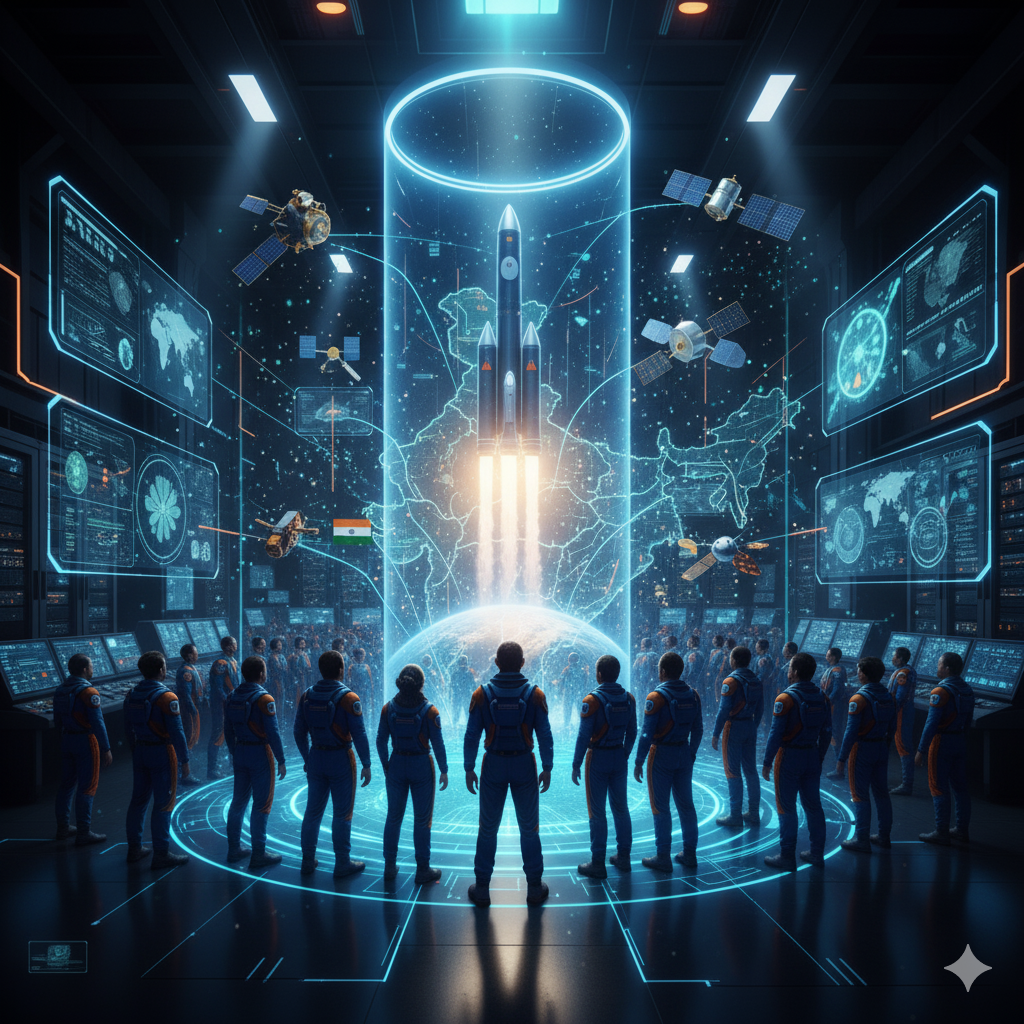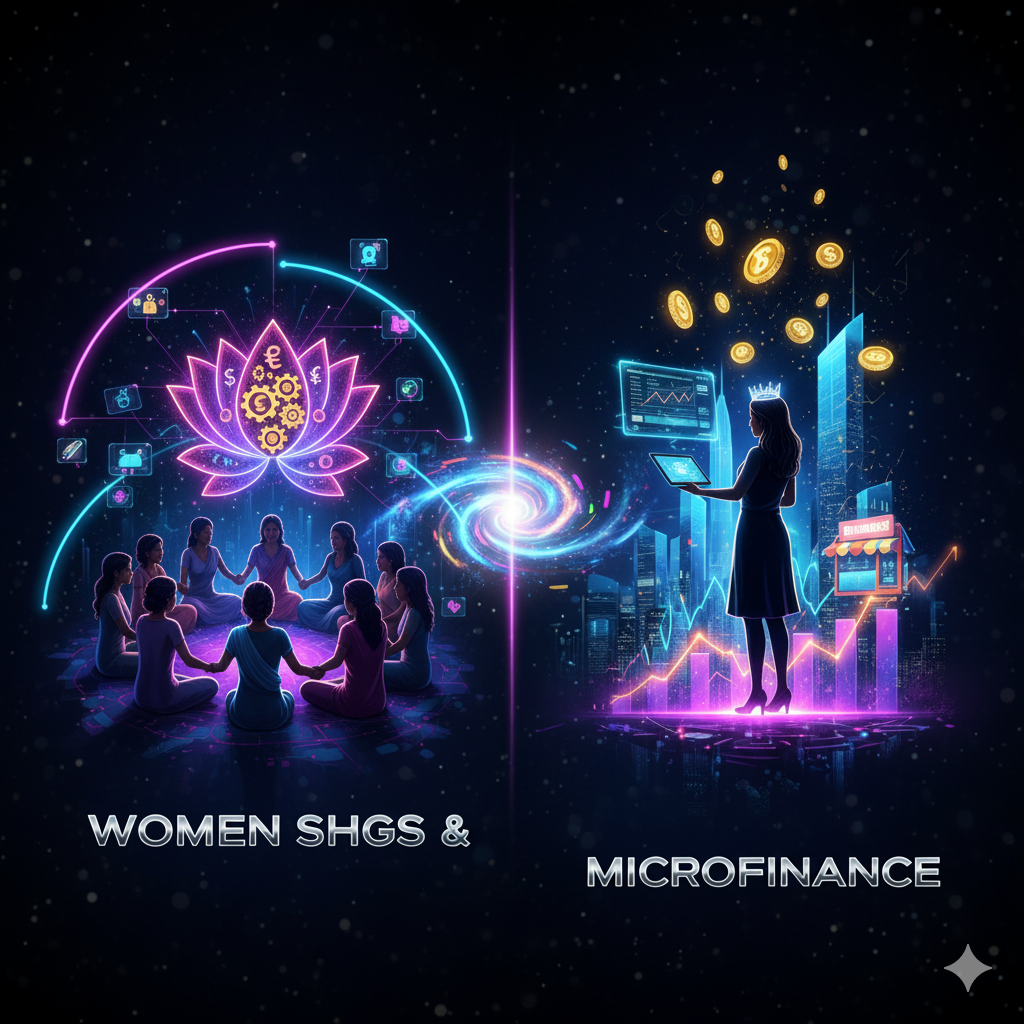Introduction
The LGBTQIA+ community—encompassing lesbian, gay, bisexual, transgender, queer, intersex, asexual, and other gender and sexual minorities—has historically faced marginalization, discrimination, and exclusion across the world. In India, the journey of recognition, acceptance, and the fight for equality has been particularly complex due to cultural, religious, and societal factors. For centuries, India’s attitudes toward gender and sexuality have been influenced by traditional values, colonialism, and the evolving modern framework of rights and freedoms.
Over the last few decades, India has made significant strides in advancing the rights of LGBTQIA+ individuals, with landmark legal rulings and growing social acceptance. However, challenges remain in achieving full equality and recognition, particularly in areas like marriage, adoption, and social stigmatization. This essay explores the status of LGBTQIA+ rights and recognition in India, examining key legal milestones, social progress, and the ongoing struggles faced by the community.
Historical Context: Gender and Sexual Diversity in India
India’s history is rich in cultural diversity, with evidence of gender and sexual fluidity dating back to ancient times. Texts like the Kamasutra and various forms of ancient Indian art and literature reflect a more inclusive understanding of sexuality. The presence of hijras (transgender individuals) in Indian society has also been documented for centuries, where they held ceremonial roles and were revered in certain religious contexts.
However, with the advent of British colonialism, the legal framework around sexuality was shaped by Victorian moral standards. The introduction of Section 377 of the Indian Penal Code (IPC) in 1860 criminalized “unnatural” sex, which included same-sex relationships, leading to the marginalization of LGBTQIA+ individuals. The legacy of Section 377 persisted for more than 150 years, criminalizing same-sex relationships and fostering a culture of silence and repression.
Legal Milestones: The Struggle for Decriminalization
The first major shift in the legal landscape came in 2001, when the Naz Foundation, a Delhi-based NGO, filed a petition to challenge the constitutionality of Section 377. This marked the beginning of a long and arduous legal battle for the rights of the LGBTQIA+ community in India.
- Naz Foundation vs. Government of NCT of Delhi (2009)
In 2009, the Delhi High Court issued a landmark judgment in favor of decriminalizing homosexuality. The court ruled that Section 377 violated fundamental rights guaranteed by the Indian Constitution, particularly the right to equality and the right to personal liberty. This judgment was hailed as a significant victory for LGBTQIA+ rights, as it marked the decriminalization of consensual same-sex relationships between adults.
The ruling was a breakthrough in a country where same-sex relationships had been criminalized for over a century. It was celebrated by LGBTQIA+ advocates as a step toward greater visibility and acceptance in Indian society. However, the victory was short-lived, as in 2013, the Supreme Court of India overturned the Delhi High Court’s ruling, effectively reinstating Section 377. This decision was seen as a setback for LGBTQIA+ rights, and it drew widespread criticism from both national and international communities.
- Navtej Singh Johar vs. Union of India (2018)
The struggle for the decriminalization of homosexuality reached a crucial turning point in 2018, when the Supreme Court of India revisited the issue. In a historic ruling, the Court declared that Section 377, as it applied to consensual same-sex relations, was unconstitutional. The judgment, delivered by a five-judge bench, overturned the previous 2013 ruling, thus decriminalizing same-sex relationships in India once again.
The judgment was celebrated as a monumental victory for the LGBTQIA+ community, marking the end of an era of legal persecution. The ruling affirmed that the right to equality, dignity, and personal liberty includes the right to love and live without fear of criminal prosecution. It also emphasized the importance of protecting individual privacy and autonomy, which are essential elements of a democratic society.
The Recognition of Transgender Rights
Along with the decriminalization of same-sex relationships, the recognition of transgender rights has been a crucial part of the LGBTQIA+ struggle in India. The transgender community, especially hijras, have historically faced marginalization, social exclusion, and violence.
- The Transgender Persons (Protection of Rights) Act, 2019
In 2019, the Indian Parliament passed the Transgender Persons (Protection of Rights) Act, a landmark legislation aimed at safeguarding the rights of transgender individuals. The law prohibits discrimination against transgender people in areas such as employment, education, healthcare, and public services. It also establishes a process for transgender people to legally change their gender and mandates the provision of welfare measures for the community.
While the Act represents a significant step forward, it has faced criticism for being inadequate in several areas. Critics argue that the law fails to address the concerns of the community in a comprehensive manner. For instance, the requirement for transgender people to undergo a medical procedure before they can officially change their gender is seen as a violation of their bodily autonomy. Additionally, the law does not provide for the creation of a comprehensive national policy on the welfare of transgender individuals, leaving many of the community’s needs unmet.
- Recognition of Hijra Identity
The Supreme Court of India recognized the legal status of the hijra community in the 2014 National Legal Services Authority vs. Union of India case. In this ruling, the Court declared that transgender individuals should be recognized as a third gender, entitling them to all the constitutional rights and protections guaranteed to citizens. The Court also directed the government to take steps to ensure the welfare of transgender individuals, including access to healthcare, education, and employment.
This ruling was significant because it challenged traditional binary understandings of gender and recognized that gender is not confined to just male and female. It opened the door for greater recognition and rights for transgender individuals, though much remains to be done to ensure full inclusion.
Social and Cultural Challenges
Despite the progress made in legal reforms, LGBTQIA+ individuals continue to face significant social and cultural challenges in India. India’s predominantly conservative and patriarchal society often perpetuates negative stereotypes about gender and sexual minorities, leading to discrimination, stigma, and violence.
- Stigma and Discrimination
Even though homosexuality is no longer criminalized, LGBTQIA+ individuals still experience widespread stigma. This manifests in various forms, including verbal abuse, social exclusion, family rejection, and workplace discrimination. The social stigma surrounding LGBTQIA+ identities often leads to mental health challenges such as depression, anxiety, and suicidal thoughts. Many individuals remain closeted for fear of societal rejection or persecution.
- Violence Against LGBTQIA+ Individuals
Violence against LGBTQIA+ individuals remains a serious issue in India. Hate crimes, physical assault, and harassment are frequently reported, especially against transgender people and sexual minorities. In many cases, police indifference or complicity in such crimes exacerbates the problem, as victims are often reluctant to report incidents due to fear of further victimization.
- Family Rejection and Mental Health
In a deeply family-oriented society like India, rejection by one’s family can be particularly devastating for LGBTQIA+ individuals. The expectation to conform to traditional gender roles and heterosexual norms often leads to emotional distress and estrangement. As a result, many LGBTQIA+ people experience isolation and struggle with their mental health. While some urban areas have seen greater acceptance of LGBTQIA+ individuals, rural areas remain conservative, making it difficult for many to express their identities freely.
- LGBTQIA+ Rights and Marriage
One of the most significant issues for LGBTQIA+ individuals in India is the lack of legal recognition of same-sex marriage. Unlike several Western countries, India does not allow same-sex couples to marry or access legal benefits afforded to married couples, such as inheritance, tax exemptions, and adoption rights. The legal recognition of marriage remains a distant goal for the LGBTQIA+ community, with the Supreme Court of India yet to address this issue comprehensively.
The Role of Activism and Civil Society
Activism and advocacy have played a crucial role in advancing the rights of LGBTQIA+ individuals in India. Organizations like the Naz Foundation, the Humsafar Trust, and the Queer Archive have been instrumental in pushing for legal reforms, providing support services, and raising awareness about LGBTQIA+ issues. Pride marches, such as the ones held annually in cities like Delhi, Mumbai, and Bengaluru, have become powerful symbols of resistance and visibility for the community.
While progress has been made, the road ahead remains long and uncertain. LGBTQIA+ individuals continue to face discrimination, violence, and marginalization in various sectors of society. The fight for full legal and social recognition is far from over, and there is a need for continued activism, policy change, and cultural transformation.
Conclusion
The status of LGBTQIA+ rights and recognition in India has seen significant progress over the past two decades, marked by landmark legal victories such as the decriminalization of homosexuality and the recognition of transgender rights. However, social acceptance remains a significant challenge, as discrimination, stigma, and violence continue to affect the daily lives of LGBTQIA+ individuals. The community faces considerable barriers in areas such as marriage, adoption, and mental health, and much work remains to be done to ensure full equality and inclusion.
As India continues to evolve, the LGBTQIA+ community’s struggle for recognition and rights is a reflection of broader social changes. In the years to come, it will be essential for policymakers, activists, and civil society to work together to create a more inclusive society where every individual, regardless of gender or sexual identity, can live with dignity, equality, and freedom.




